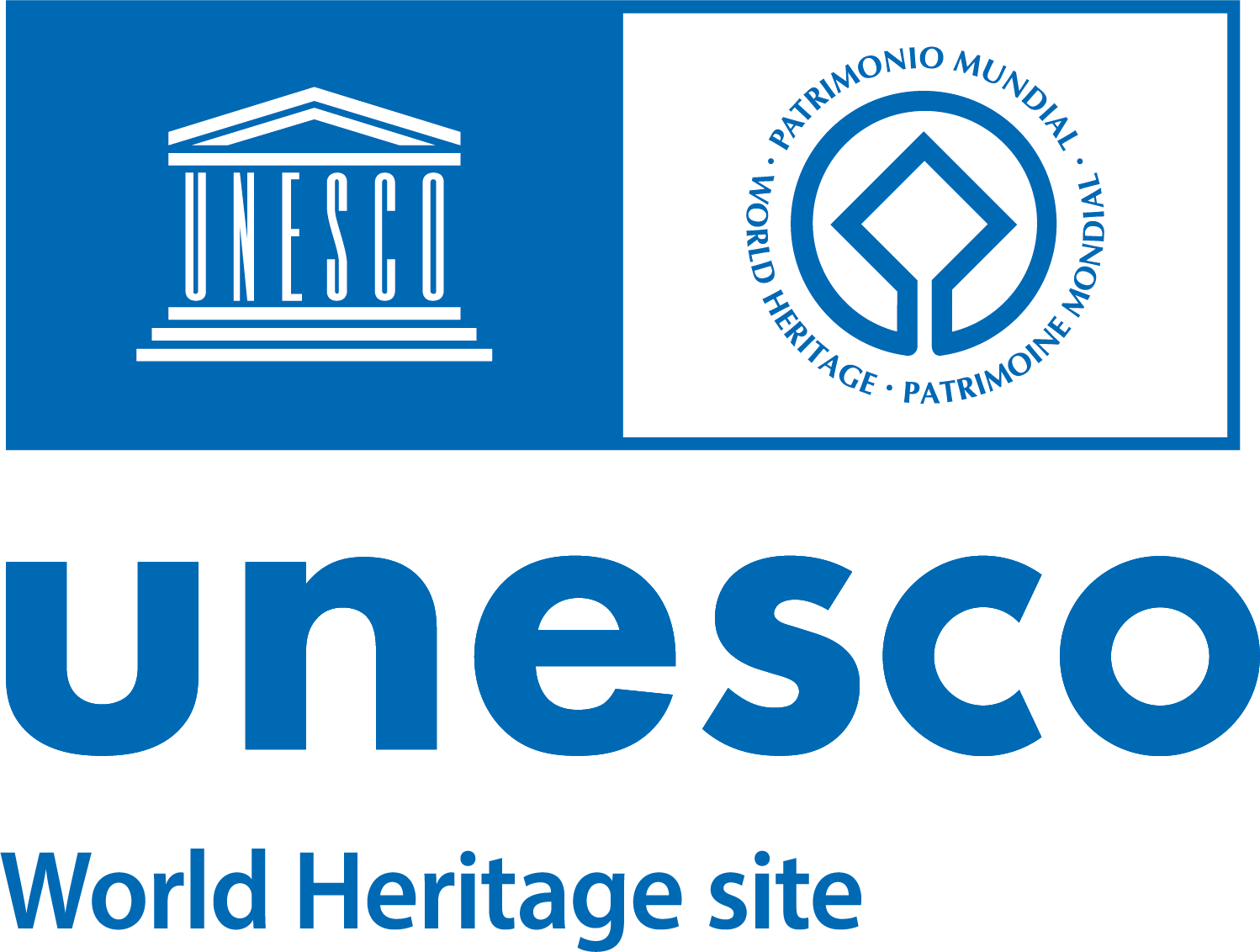Following the Unification of Italy, the Aurelian Walls lost their defensive function and essentially became an obstacle to traffic. When Porta del Popolo ended up in the sights of the new urban planners, who decided to open new vehicle gateways, an animated debate ensued “involving illustrious men known for their culture and position in council and state administrations”. In 1877, this unfortunately ended with the dismantling of the towers flanking the gate. The Government Commission for the Conservation of Monuments, already wracked with guilt for allowing the demolition to go ahead, were even more dismayed when, after work (costing 300,000 lire) had begun, the remains of the ancient Porta Flaminia (AD 270–275) were uncovered and then destroyed.
As soon as sledgehammers were taken to the towers, various stone fragments also came to light. These had been used over the centuries in various phases in the construction and restoration of the bastions. The attention of scholars focused on some large slabs of Luni marble pertaining to a splendid bas-relief, depicting a lively chariot race: the remains, dating to the second century AD and held in the Capitoline Museums, must originally have decorated the sepulchral monument of a certain Calpurnianus. But who was he?
The Einsiedeln Itinerary, a sort of guide for pilgrims written in the 9th century, included the description of a tomb from the ancient Flaminio cemetery, situated near the gate, and a transcription of the commemorative inscription attributing it to the popular charioteer Publius Aelius Gutta Calpurnianus. Calpurnianus competed in many contests and changed team on various occasions, switching from the reds to the greens and from the blues to the whites. After no fewer than 1127 victories, he appears to have accumulated a vast fortune, pocketing many million sesterces – a real champion, with triumphs, processions, fame and wealth.
The tomb remained intact until at least the 15th century, when, at the behest of Sixtus IV (1471–1484), it was ransacked and used as a source of material for the restoration of the two towers. In 1911, it was still possible to see, just outside Porta del Popolo, the remains (later demolished) of a circular-plan tomb, probably that of our charioteer. Despite being separated from its original location, the memory of the athlete’s sporting achievements has survived the transformation of the city thanks to the story in marble of the Capitoline slabs.





2. Decoration of the tomb of P. Aelius Gutta Calpurnianus.
3. Pompa circensis. Cast of inlay decoration.
4. E. Odier, Chariot race in ancient Romne, 1834, drawing.
5. L. Roccheggiani, Charioteer with quadriga, 1804, print.


